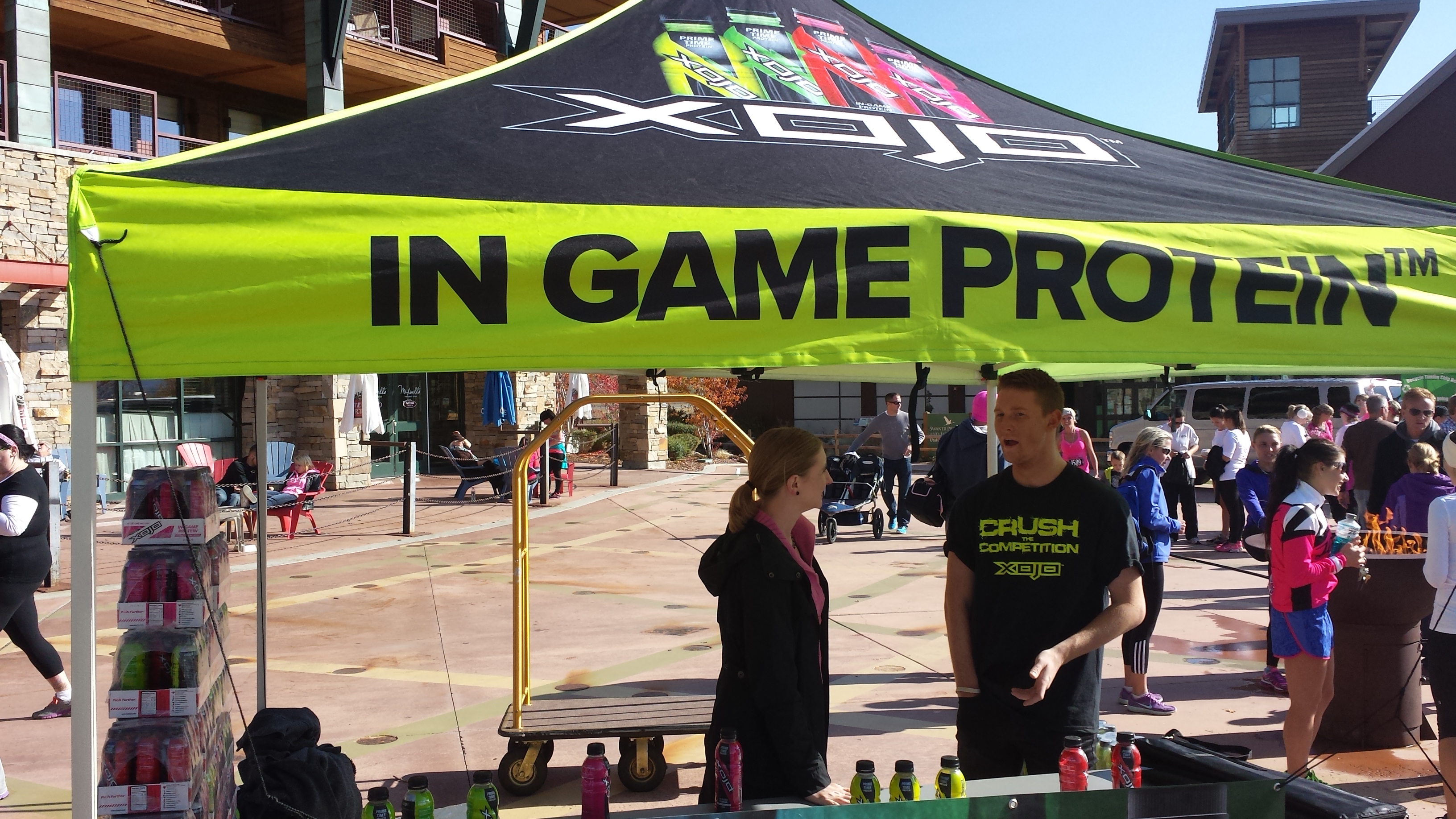


It was developed by a BYU food scientist and others with the goal of assisting athletes with hydration and muscle recovery, according to the university.

This protein drink is already on the shelves of retail stores. Professor Edwin Lephart discovered that Equol stimulates the cells that make collagen and elastin while blocking the enzymes that break them down, which slows the skin aging process, according to BYU. Equol, a naturally occurring compound found in soybeans, is an active ingredient in the ageLoc skin care line. This skin-care ingredient was licensed to Nu Skin Enterprises in 2010 and continues to be lucrative, making it the most profitable invention of the year for BYU. “We’re hoping this takes the subjective nature out of diagnosing these disorders.” “It’s kind of like a Fitbit for movement disorders,” student inventor Nathan Stanford said in a statement. By tracking and analyzing the tremor, researchers hope doctors will be able to provide better treatment. DextraSense’s Web-based application couples with a depth-sensing camera to digitally record the movement of hands and collect data.Ībout 15 million people in the United States have a movement disorder, but the disorders are frequently misdiagnosed, according to Vykon Technologies, the company behind DextraSense. This software tracks the severity of tremors related to conditions like essential tremor, Parkinson’s disease and traumatic brain injury.

Most promising student invention: DextraSense The university recently released a list of its five “coolest and most successful inventions of this year.” Descriptions of the five inventions can be found below: PROVO - Universities are known for turning out new inventions, and Brigham Young University is no exception. Reading or replaying the story in its archived form does not constitute a republication of the story. Information in the story may be outdated or superseded by additional information. This archived news story is available only for your personal, non-commercial use.


 0 kommentar(er)
0 kommentar(er)
